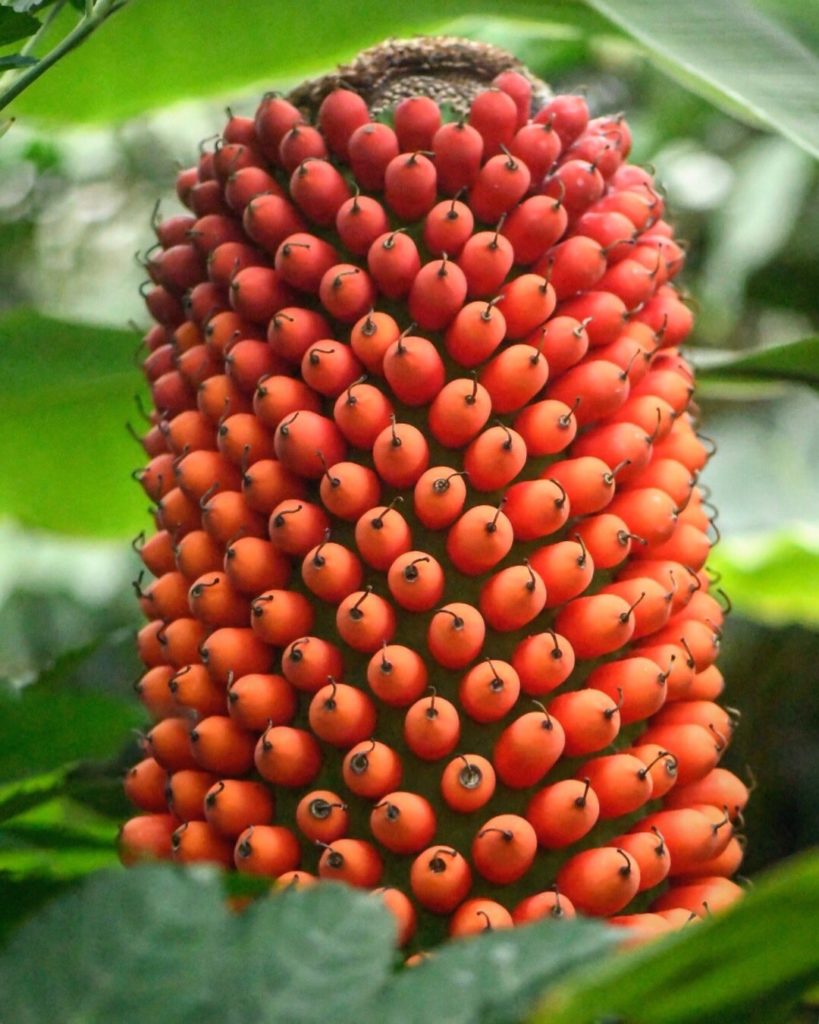There is always a ‘plant of interest’ for every month of the year growing in the Living Collection at the Royal Botanic Garden Edinburgh. Kirsty Wilson, Herbaceous Supervisor and keen photographer, highlights her favourites from over the past twelve months.
January
Galanthus ‘Lady Beatrix Stanley’ – it is almost miraculous how these delicate little flowers not only survive our coldest, wettest and most extreme weathers but also come back year after year. Galantamine, a drug used for the symptomatic treatment of Alzheimer’s disease, is derived from Snowdrops.

February
Camellia saluenensis has blush pink flowers. Wild collected from South Western China in 1994 and found growing in the Rock Garden. When growing Camellias it is important to avoid south or east facing positions because the flower may be spoiled by the early morning sun following frosty nights.
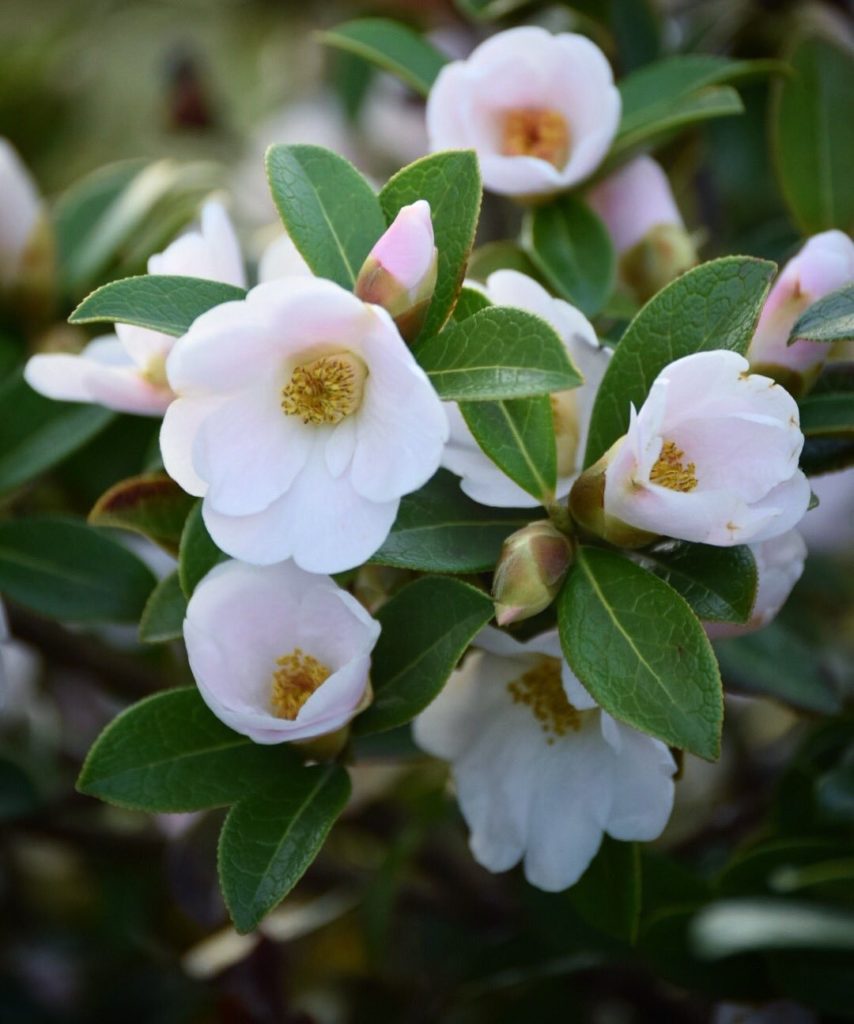
March
Strongylodon macrobotrys, also known as the Jade Vine, has very striking coloured flowers which will certainly stop you in your tracks. A rare woody tropical vine scarcely seen in nature with petals of an iridescent turquoise colour. The flowers hang in pendant trusses which can reach up to about 3m long. Native to the damp rain forests of the Philippines the vine can grow up to 18m long and has leaves comprised of three leaflets. Sadly deforestation is threatening this species in its native habitat. It is now a rare sight to see this plant species growing in the wild. Fortunately several UK Botanic Gardens including the Royal Botanic Garden Edinburgh have had success growing and persuading it to flower.
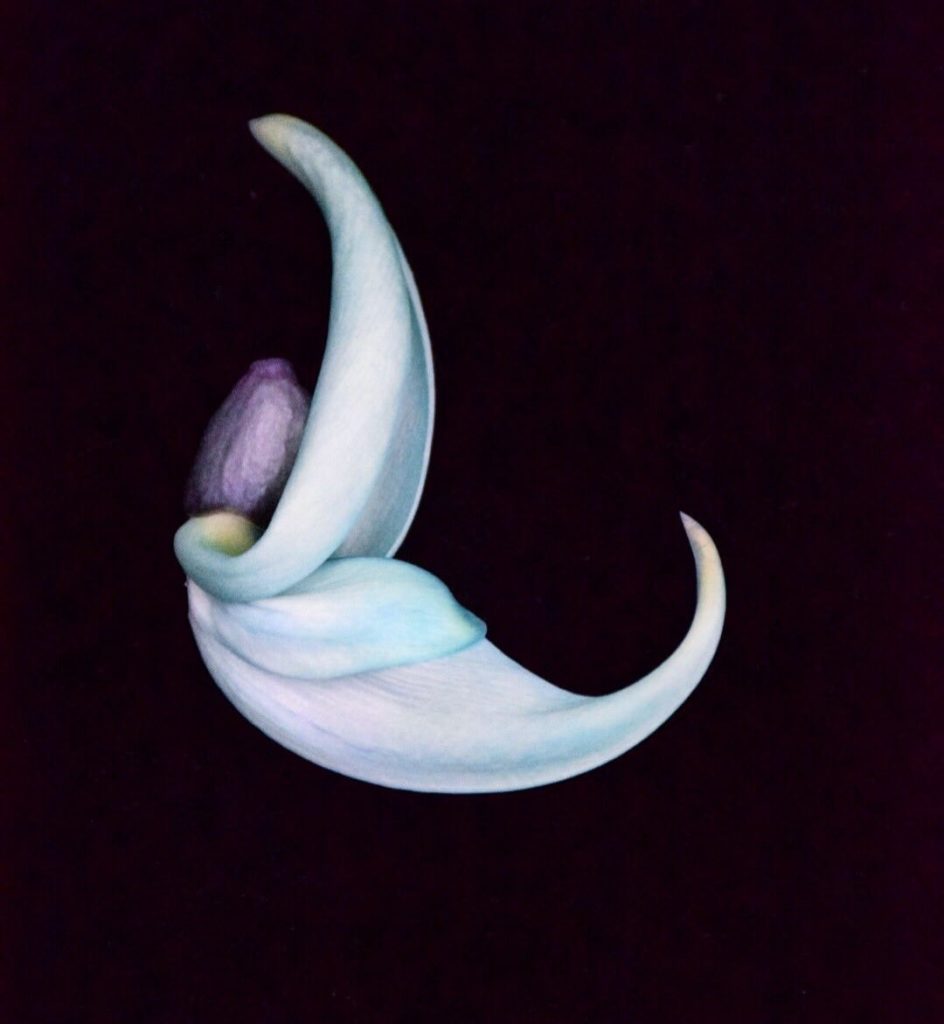
April
Magnolia stellata is categorised as endangered. This was concluded from a red list of Magnolia species conducted by experts which carried out an assessment of 304 wild Magnolia species from around the world. It is becoming more important to have Magnolia species growing in gardens, botanic gardens, arboretums and stored in seed banks. These exsitu collections are essential to help safeguard the species in the event of extinction in the wild. This also highlights the need to prevent logging and habitat loss through conservation in wild populations.
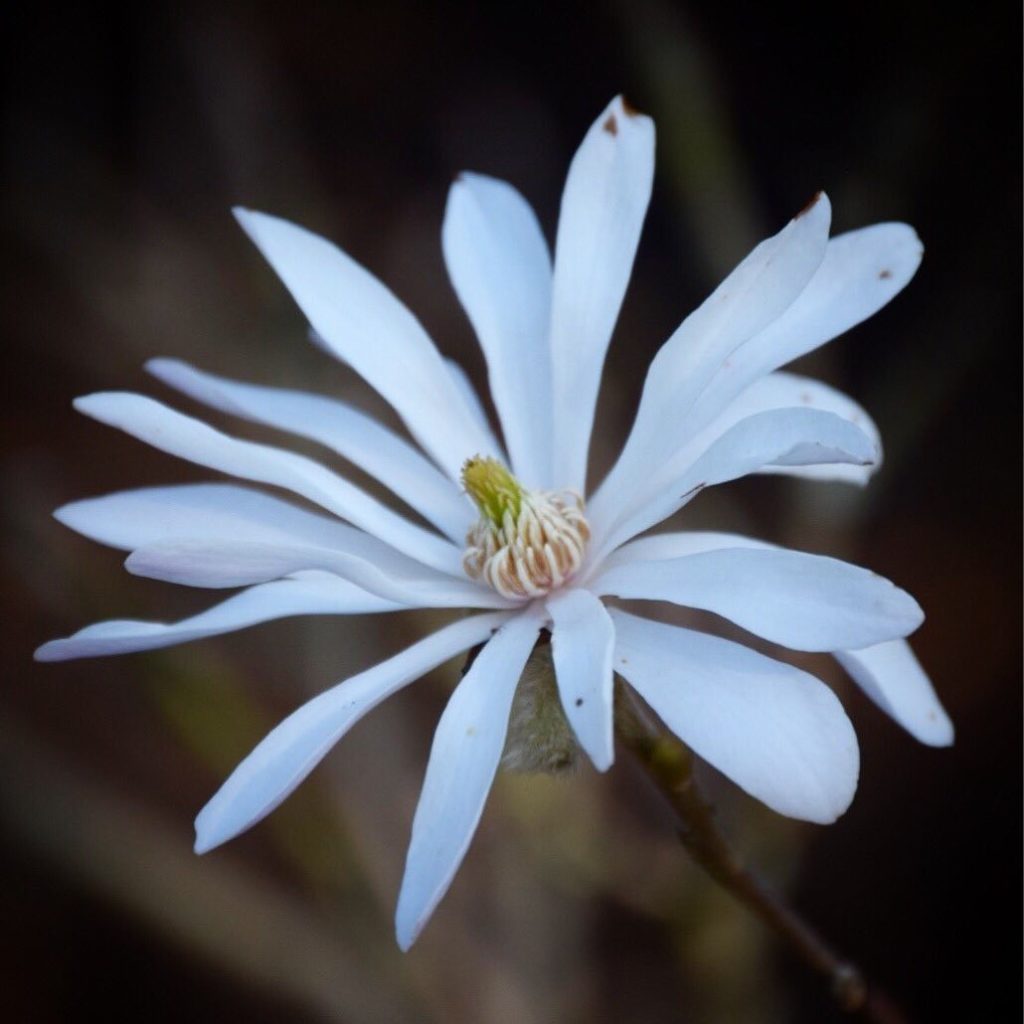
May
The hairy striking blue Meconopsis ‘Slieve Donard’ puts on a wonderful display in the garden each year. Prized by gardeners worldwide, several species of the iconically beautiful Meconopsis (Himalayan poppies) could soon be threatened in their native habitat as climate change pushes them to ever smaller mountain sanctuaries. Within 50 years they could be teetering on the brink of extinction in the wild, according to a new study by scientists from China’s Kunming Institute of Botany, the Royal Botanic Garden Edinburgh, and Columbus State University in the USA.
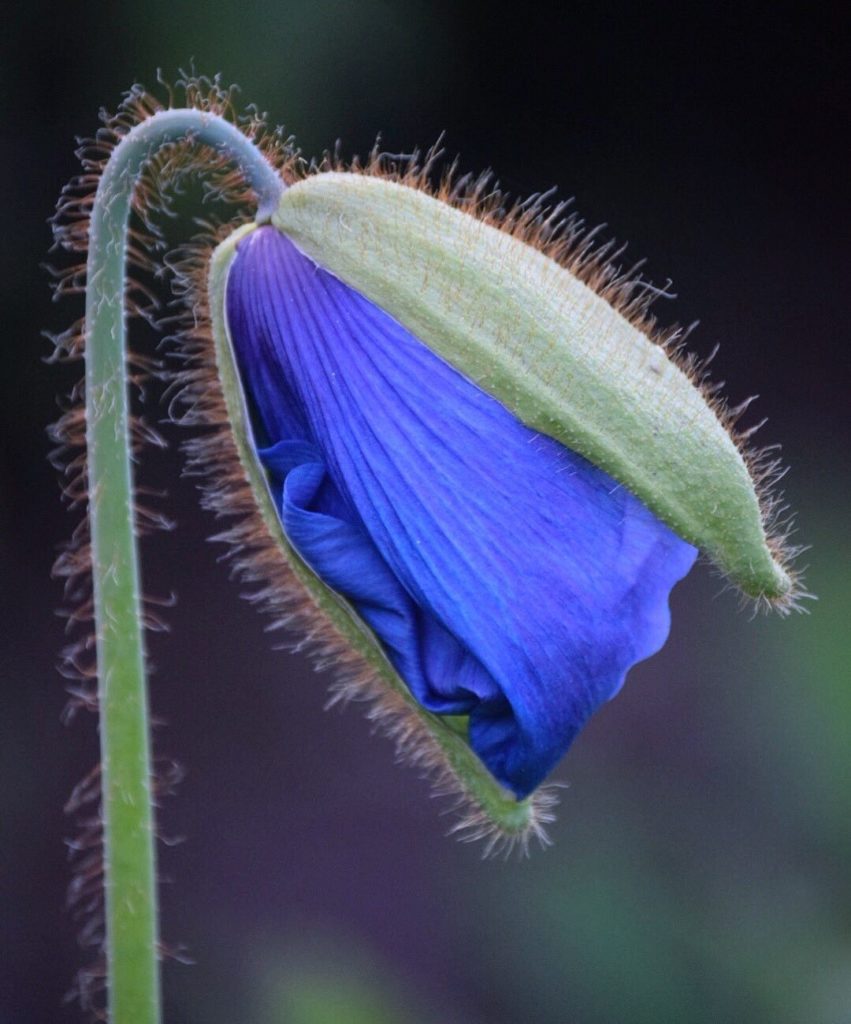
June
The statuesque Cardiocrinum giganteum, also known as the Himalayan Lily, has large fragrant flowers. A high impact addition to any woodland garden offering height, structure and beauty. Cardiocrinum giganteum can be propagated in two ways, either by offsets (new bulblets) or seed. The quickest way to achieve flowering is to take offsets – do this by removing these naturally occurring bulblets from the parent bulb in October after the top growth has died back. These small bulblets can be potted on, and will take three to five years to reach flowering size. Propagating from seed takes longer but results in a taller plant. Sow fresh Cardiocrinum giganteum seed, on the surface of compost and cover with horticultural grit. Leave out over winter for stratification – note germination can be slow.
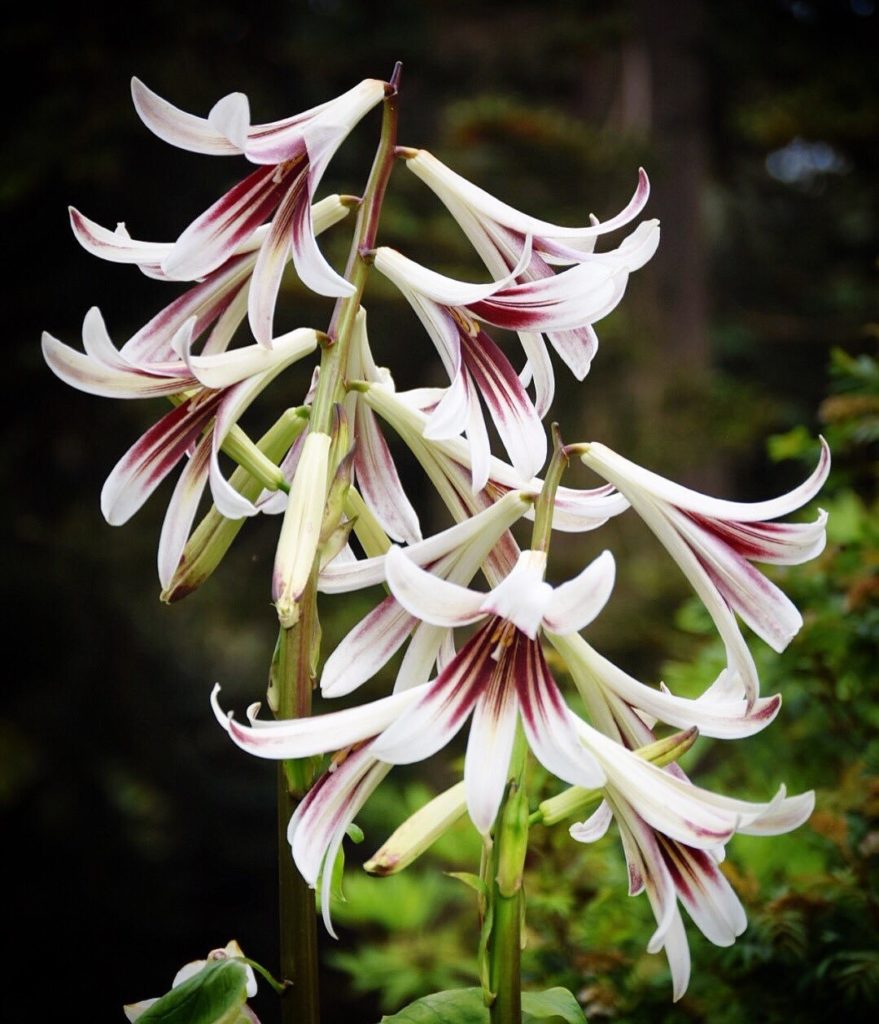
July
The cheerful Hemerocallis ‘Golden Chimes’. Daylilies bear masses of elegant blooms for weeks. It is best to divide Hemerocallis clumps every three years or so especially when they become a bit congested. It is best to divide them in the Autumn or Spring when they’re dormant. Re-plant the small clumps and you’ll soon have fantastic colourful drifts – or lots of plants to give away if you’re short on space. The name Hemerocallis, combining the Greek words for day (hemero) and beautiful (kalos), refers to the fact that a day lily flower is open for only one day, although each stalk has multiple buds which open over several days.
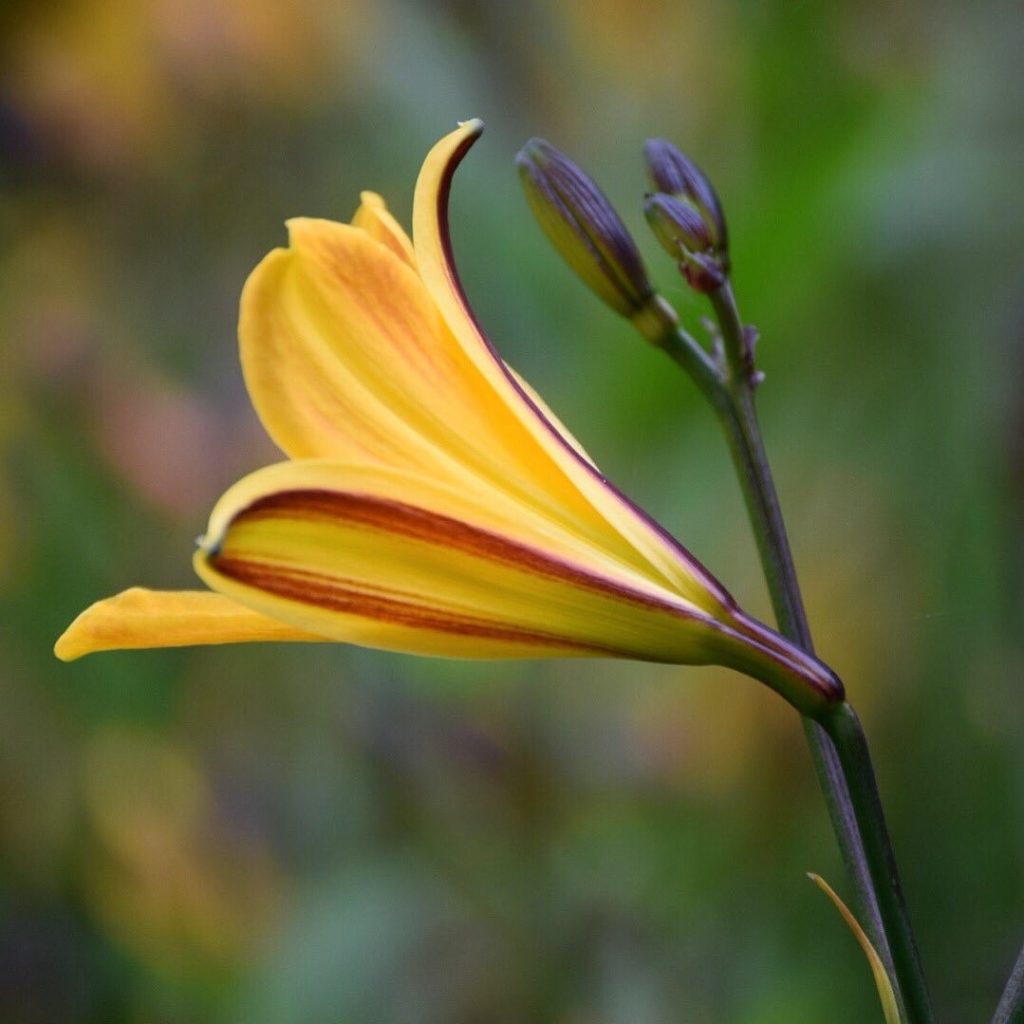
August
Cirsium purpuratum wild collected from an expedition in Japan is a monocarpic herbaceous perennial. It lives for two or more years, then flowers once, sets seed and dies. It grows in open broadleaved woodland in association with Alnus hirsuta, A. firma, Betula ermanii and Aster scabra at 1, 295 metres near Mount Haku Japan.
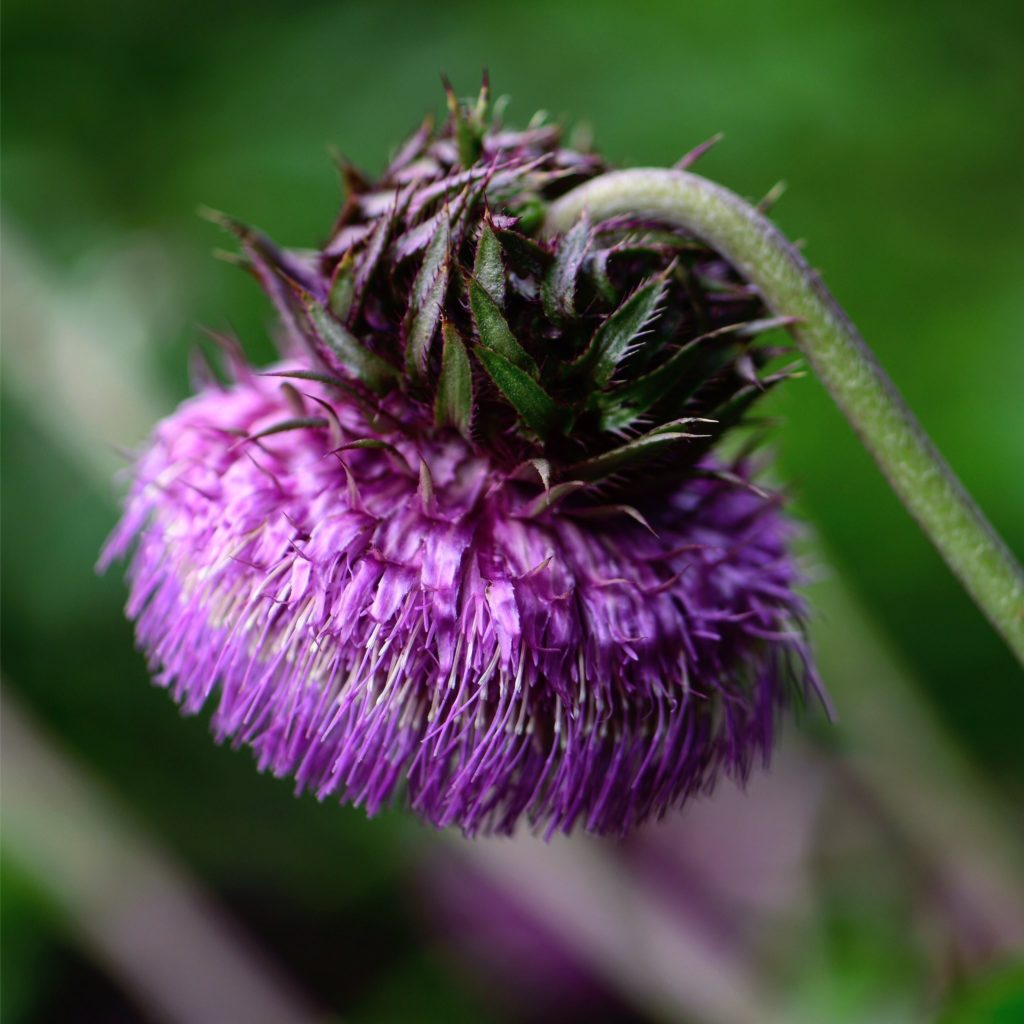
September
The incredible colours of Fascicularia bicolor ssp. canaliculata native to Chile. A virtually completely hardy bromeliad that can grow outside in the UK. It thrives best in well-drained soil in sun or part shade. The leaves of Fascicularia. bicolor ssp. canaliculata are characteristic of the genus: long, thin and leathery with soft spines. As the plant grows it forms rosettes that clump together to make an impressive mound. At the end of summer the bases of the leaves on the more mature plants begin to turn red and after a few weeks most of the leaves turn bright crimson. A bud then forms in the centre of this rosette which opens into a pale-blue flower.
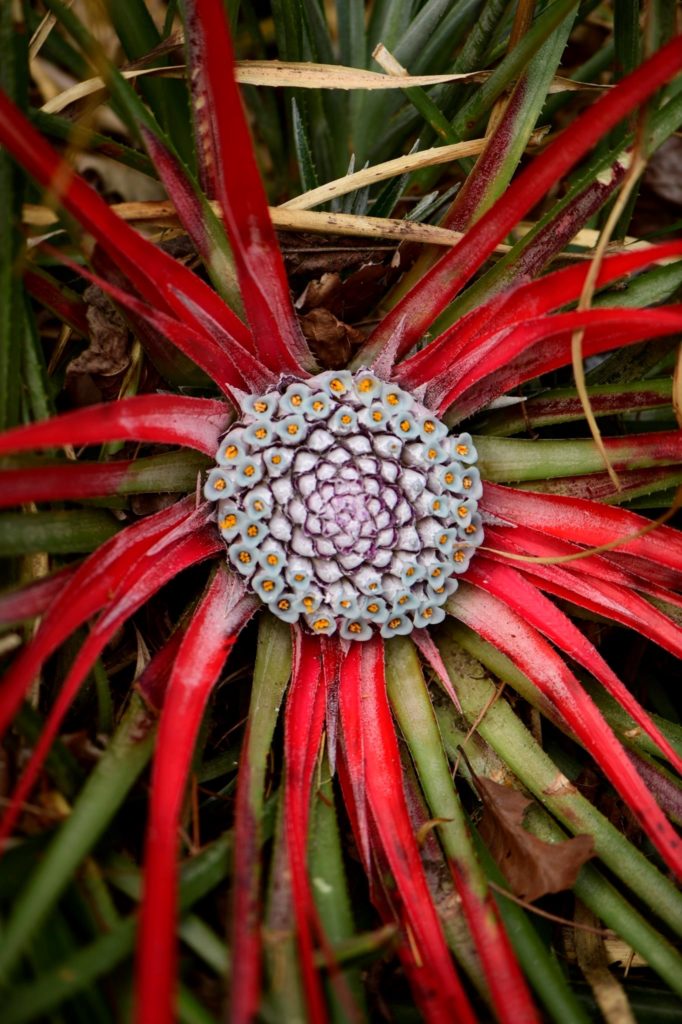
October
Autumn is a lovely time in the garden to watch the leaves turn. This Cornus foemina ssp. rocemosa tree turns a lovely burgundy each year by the large pond. This is a thicket-forming, deciduous shrub to 5m in height with greenish-white blossoms in open, terminal clusters. Young twigs are reddish and the fruit pedicels remain notably red into late autumn and early winter.
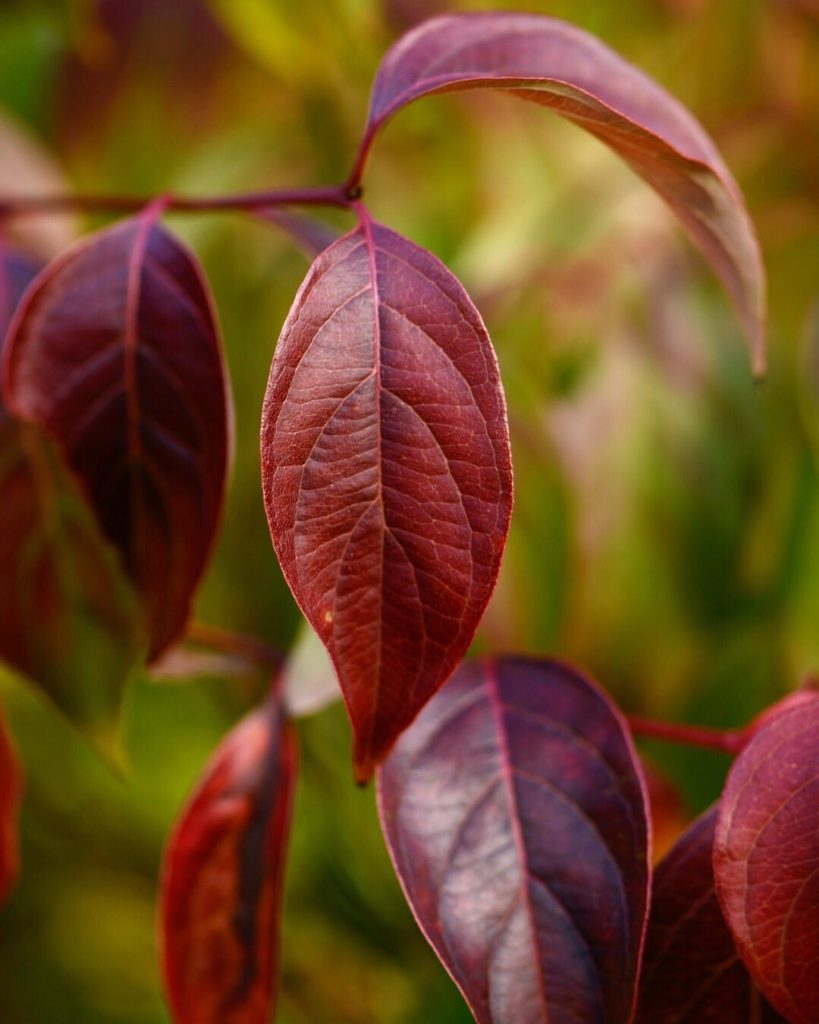
November
Decaisnea insignis has freaky blue fruits and is an unusual shrub. The edible fruit is eerily known as ‘dead man’s finger’ supposedly the taste is like cucumber or watermelon. A member of the chocolate vine family Lardizabalaceae. Native to China, Nepal, northeast India, Bhutan and Myanmar.
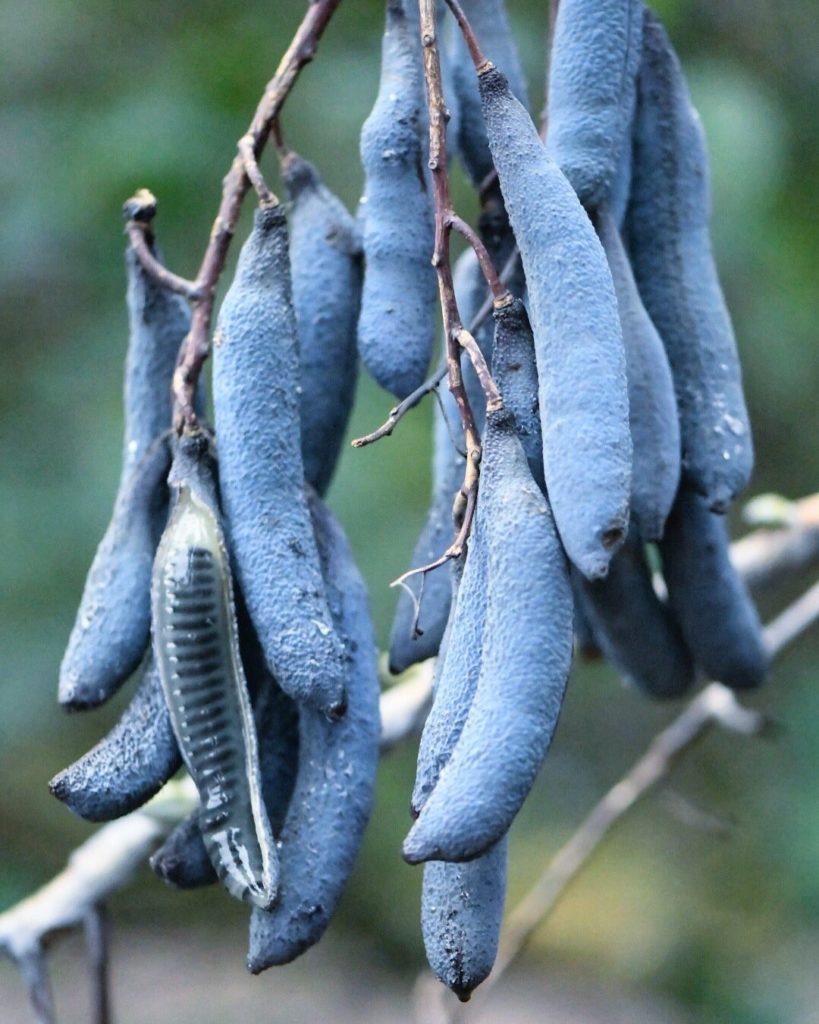
December
The glorious ripening red fruits of the smelliest plant in the world which flowered this year at the Royal Botanic Garden Edinburgh. More work is needed to establish the conservation status of the Amorphophallus titanum in the wild. It is currently only known from the Bukit Barisan range of mountains in West Sumatra and is classified as endangered on the 2018 International Union for Conservation of Nature (IUCN) Red List of threatened Plants.
